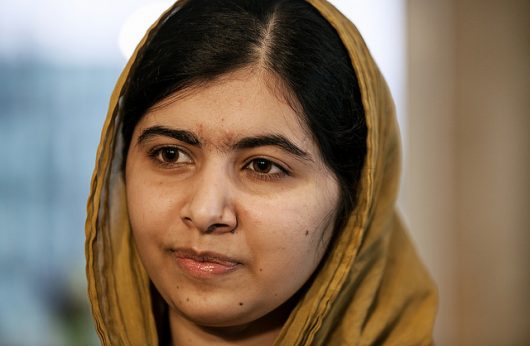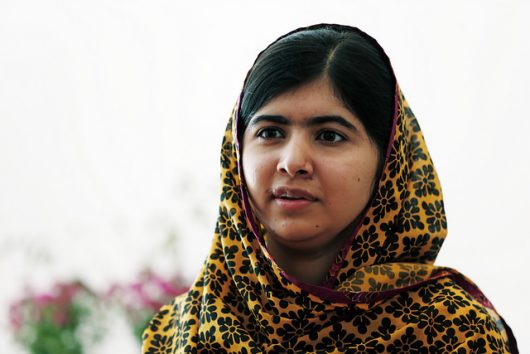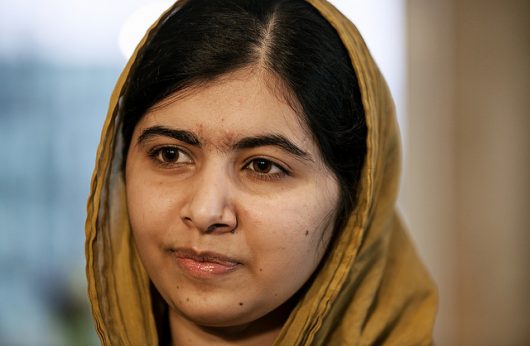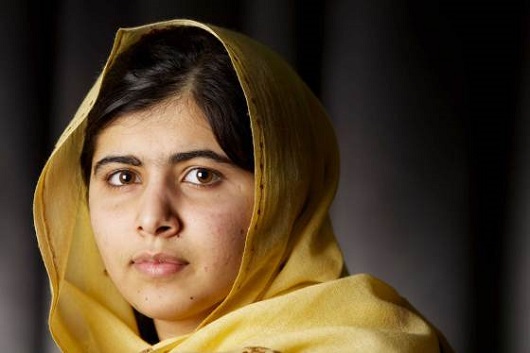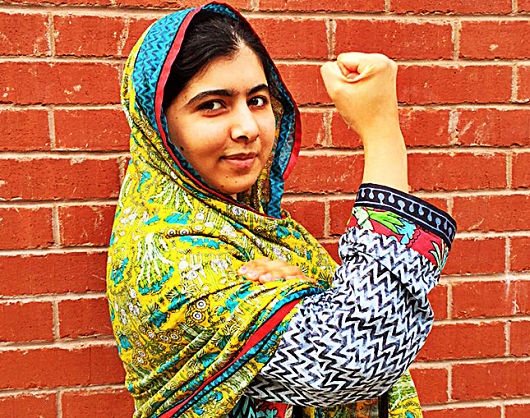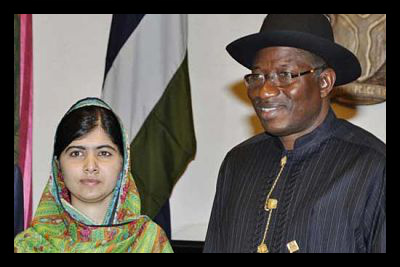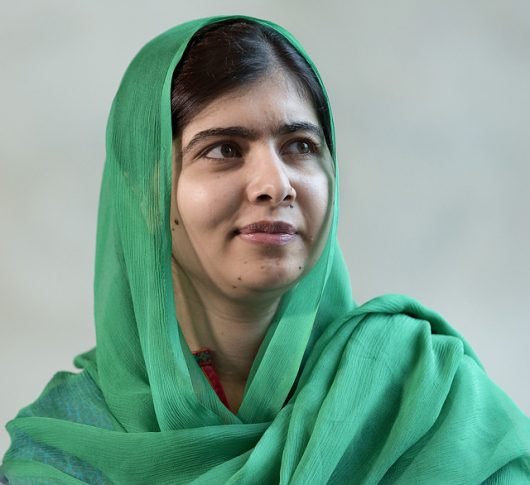
The story of Malala Yousafzai’s survival is widely known around the globe. Recently, Malala visited Pakistan for the first time since 2012 when she was shot in the head by the Taliban.
Returning to Pakistan
In 2018, Malala returned to Pakistan and, under security protection, visited her home in the northwest town of Mingora. Back in 2012, Mingora was controlled by the Taliban under the rule of Mullah Fazlullah. At the age of 15, Malala was already vocal about female education, something that wasn’t supported under Taliban rule.
The Attack and Recovery
One day, Malala was traveling on a school bus with other students when it was stopped by men who were part of the Taliban. They boarded the bus, asking for Malala by name. When her friends turned to look at her, the trigger was pulled and she was shot in the head.
Malala was rushed to the hospital, where her recovery was difficult. Within the first 72 hours of being shot, her brain swelled and she got an infection. She was transported to England to receive rehabilitative care at the Queen Elizabeth Medical Center, which specialized in emergency and rehabilitative care. Malala survived her attack after various surgeries but was left with some facial paralysis and deafness in her left ear.
Continuing the Fight for Education
After recuperating, Malala continued her fight for the education of girls. She became the youngest Nobel laureate in 2014 when she received the Nobel Peace Prize for her “struggle against the suppression of children and young people and for the right of all children to education.”
Malala has a foundation in her name, which is set up to support groups in Pakistan, Nigeria, Jordan, Syria and Kenya that support education. Apple has also partnered with Malala and the Malala Fund to help girls get an education.
According to 9 to 5 Mac, Apple will help the Malala Fund reach its goal of providing secondary education to more than 100,000 girls who would otherwise be unable to attend school.
Since the murder attempt in 2012, Malala has become the biggest advocate for girls education in Pakistan. She has become a beacon of hope. After Malala’s last visit to Pakistan, she hopes to return to live there after she finishes her studies in England.
– Valeria Flores
Photo: Flickr
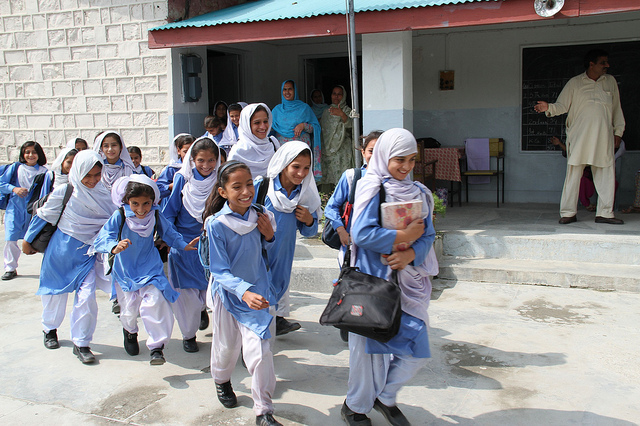 In April 2018, a school will open that is focused on improving education for girls in
In April 2018, a school will open that is focused on improving education for girls in  Earlier this month, Nobel Peace Prize laureate
Earlier this month, Nobel Peace Prize laureate 